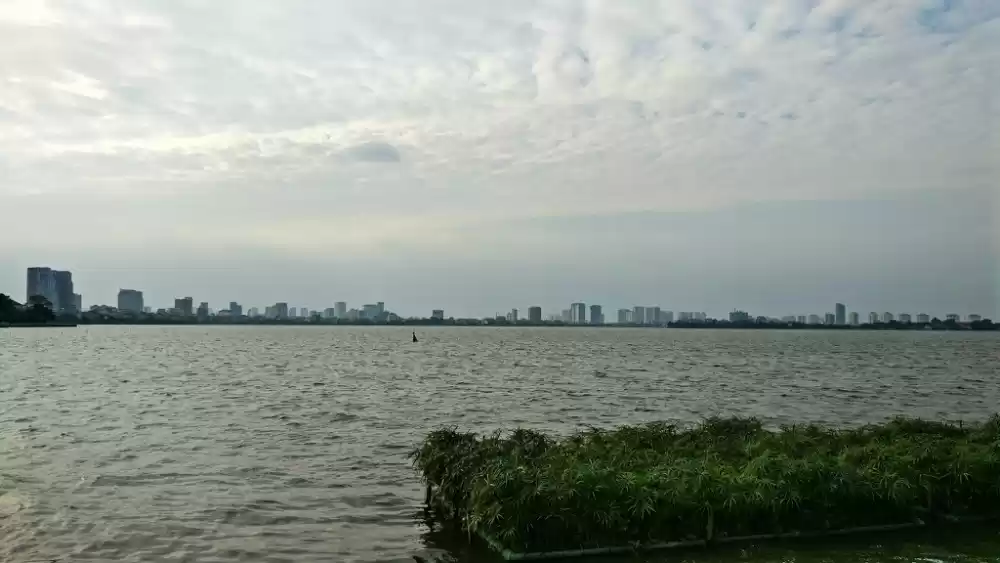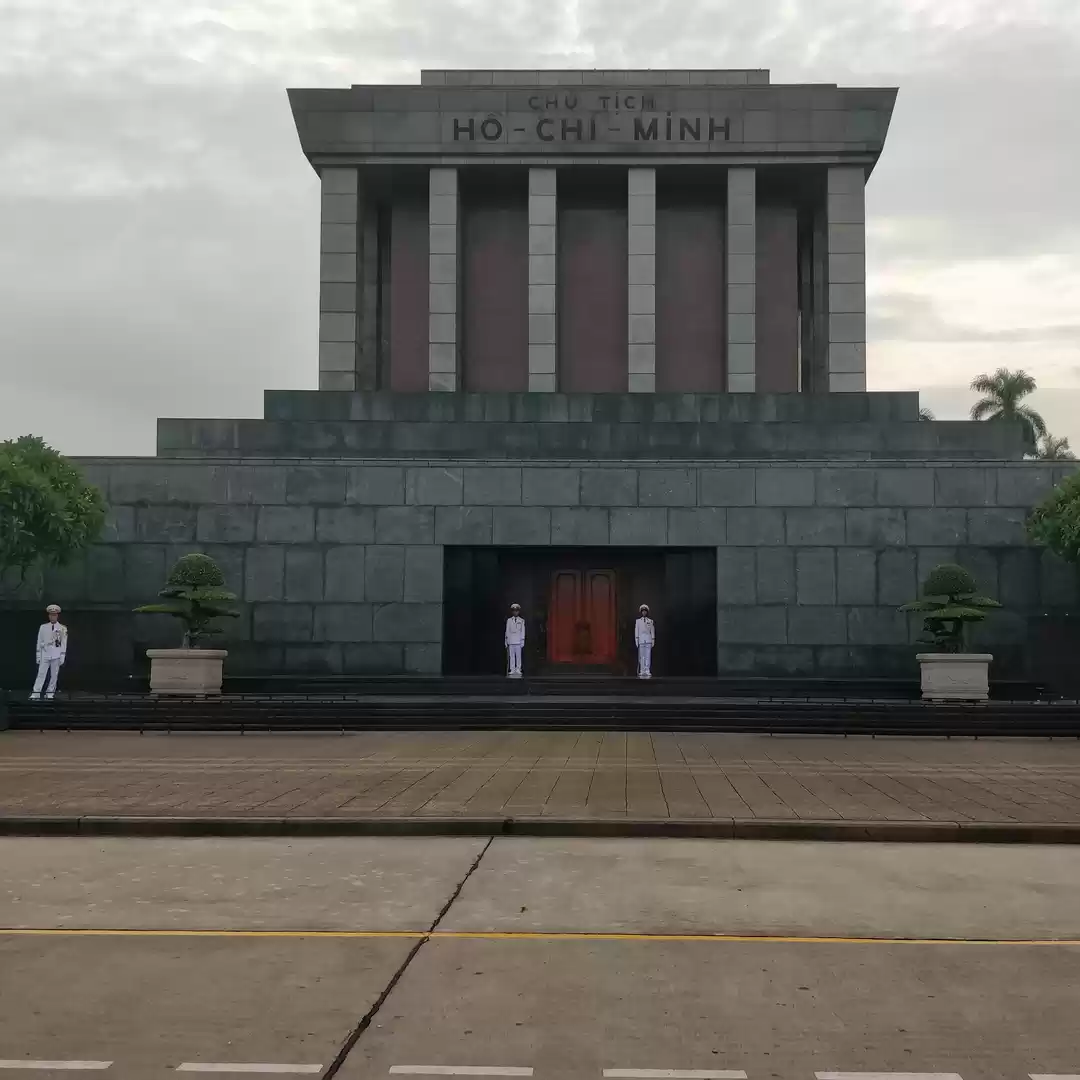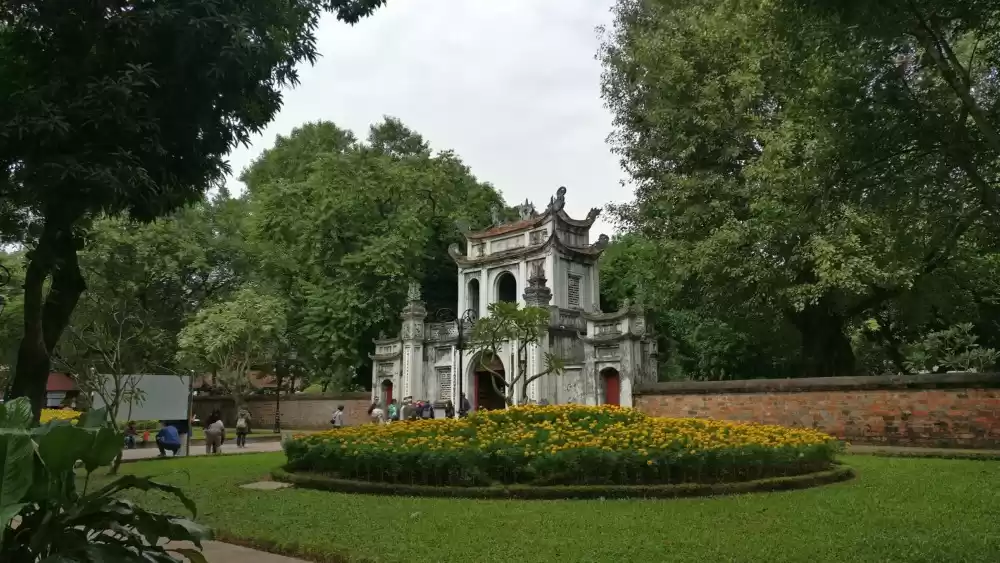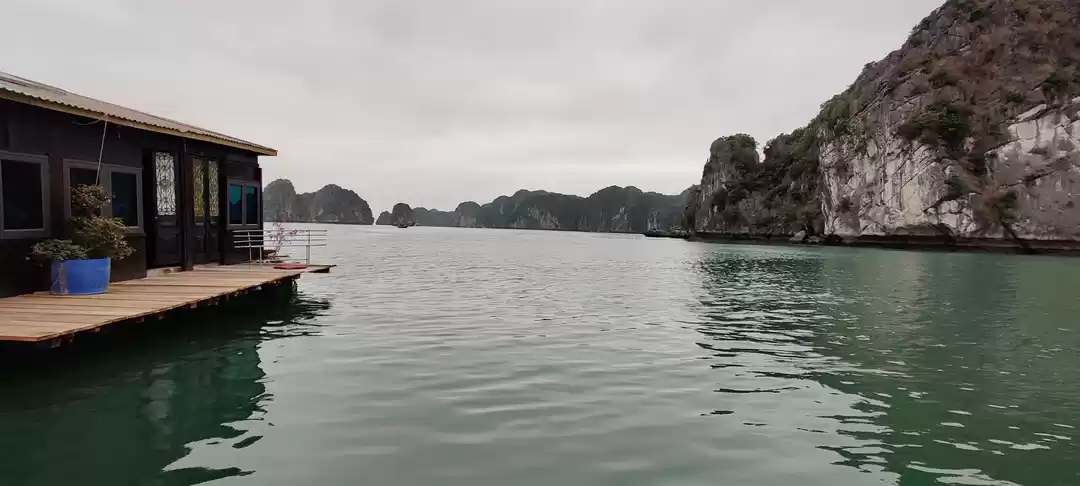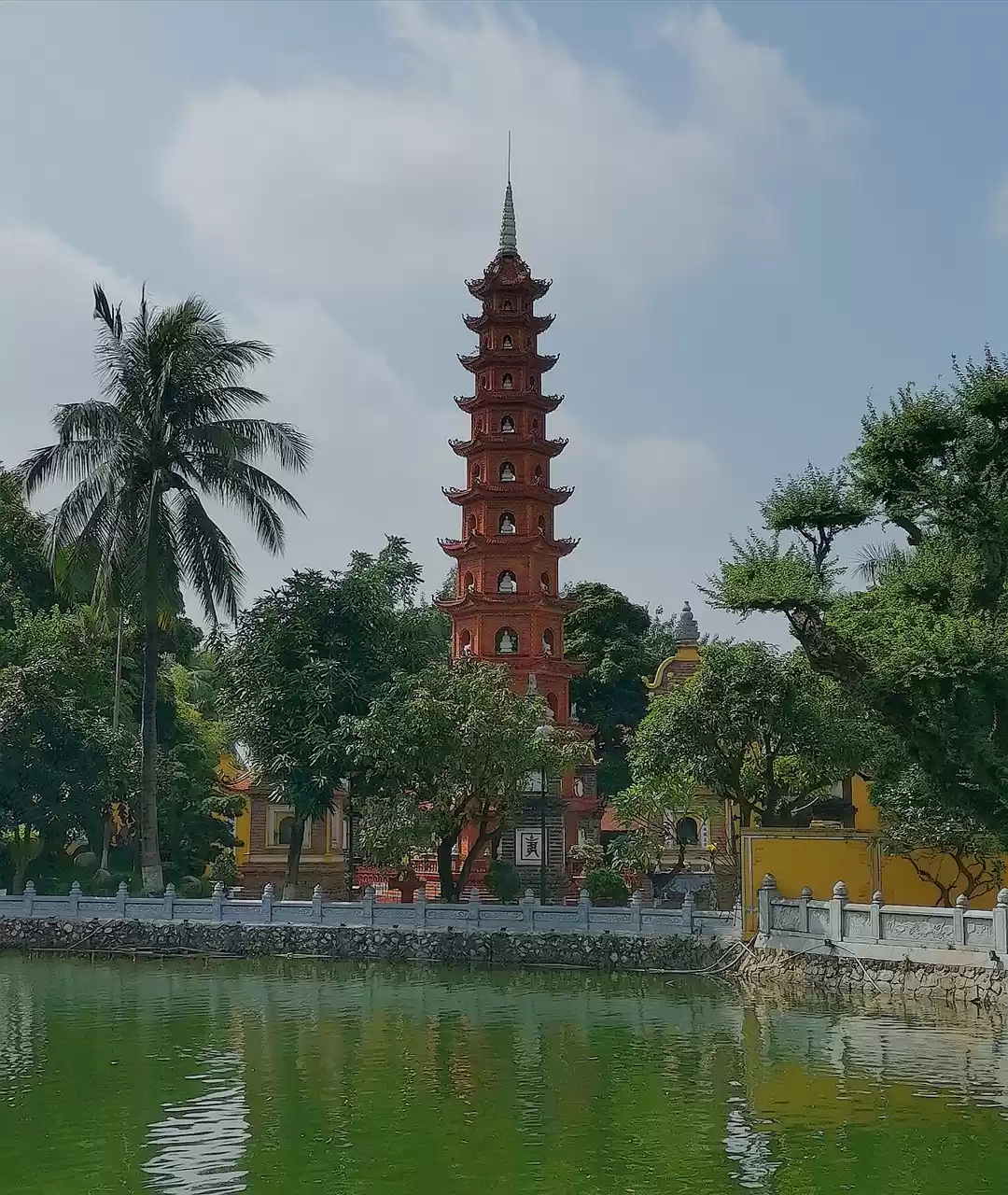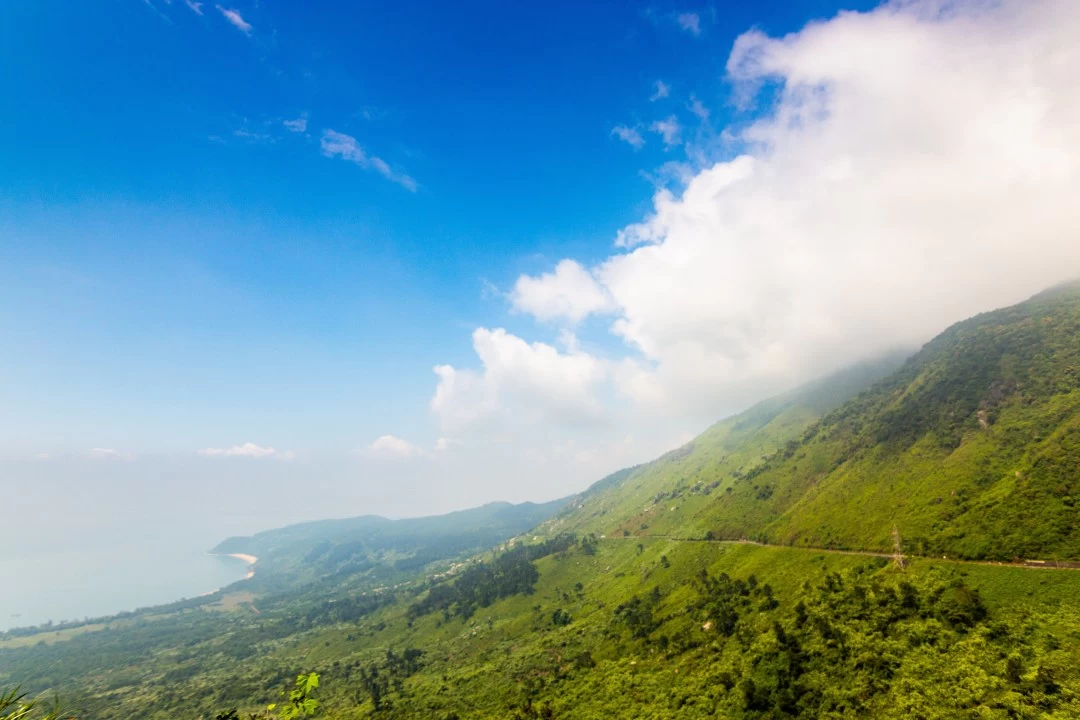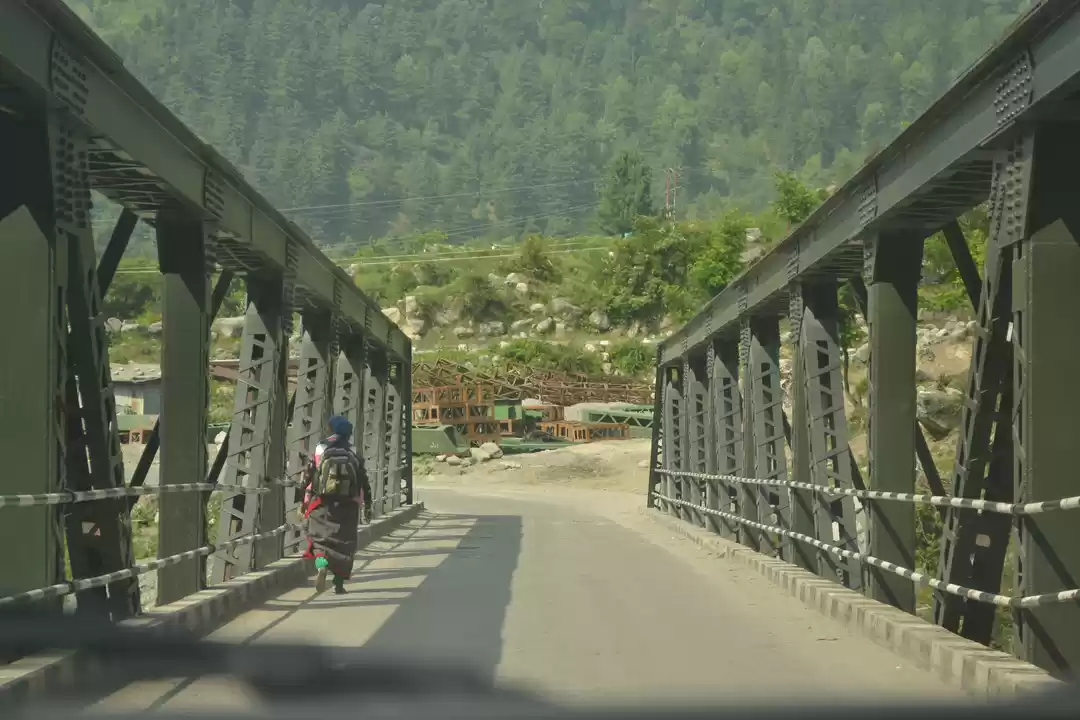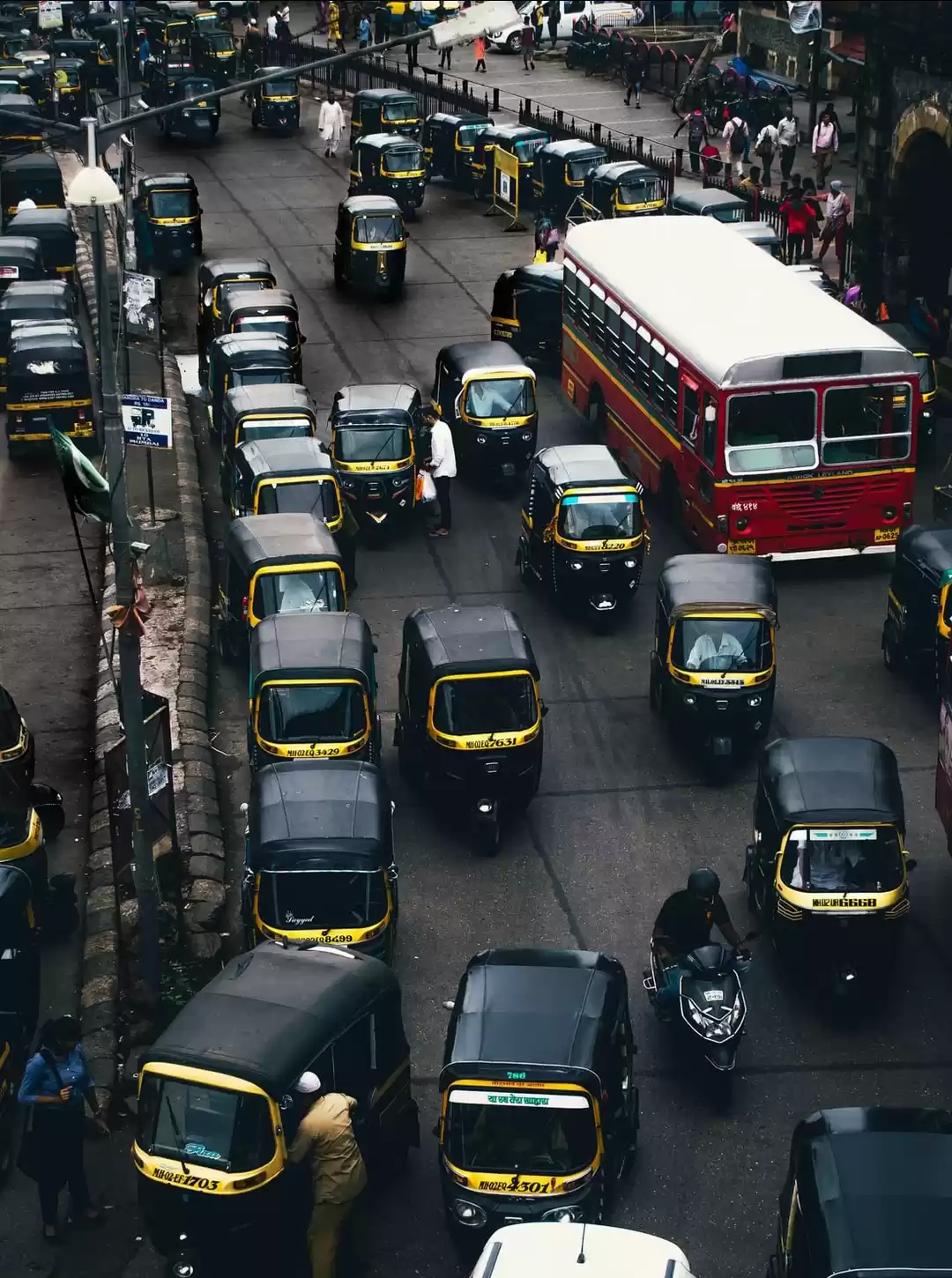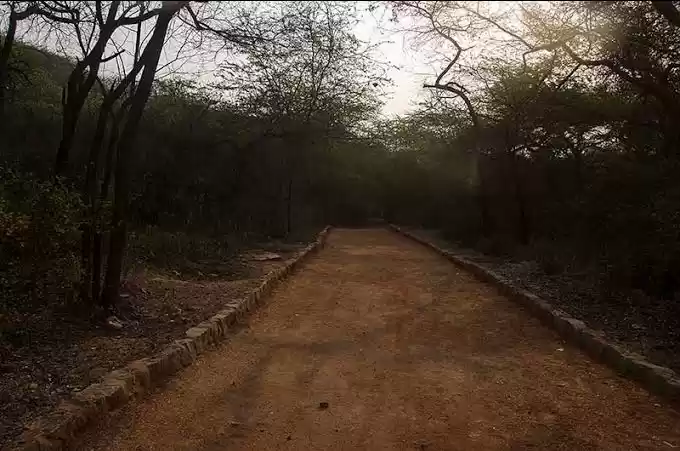Are you looking for an unforgettable adventure in Vietnam? Do you want to experience the beauty, history, and culture of this amazing country in a unique way? If yes, then you should not miss the Hai Van Pass, one of the most scenic and beautiful roads in Vietnam, and a must-see for any traveler who loves nature, adventure, and history.
In this article, we will show you everything you need to know about the Hai Van Pass, including its location, features, history, attractions, and travel tips. We will also share with you the best way to experience the Hai Van Pass, which is by motorbike or car, and the highlights of the coastal journey from Hoi An to Hue.

The Majestic Beauty of Hai Van Pass
Hai Van Pass, which means 'Sea Cloud Pass' in Vietnamese, is a 21 km long strip of road that connects Da Nang and Hue, two of the most popular tourist destinations in Vietnam. The pass is part of the Annamite range, which runs along the East Vietnamese Sea, and offers spectacular views of the mountains, the forests, the clouds, and the sea. The pass is also connected with numerous historical events, and has a unique climate that changes with the seasons.
The Hai Van Pass is considered one of the world's most scenic and beautiful roads, and has been praised by many travelers, writers, and media outlets. For example, the British newspaper The Guardian named it one of the world's top ten most beautiful coastal roads. The American television show Top Gear also featured it in one of their episodes, and described it as "a deserted ribbon of perfection, one of the best coast roads in the world".
Here are some images and videos of the Hai Van Pass that show its majestic beauty:
- A stunning view of the South China Sea from the top of Hai Van Pass
- A video of motorbiking over Hai Van Pass
- A map of the route from Da Nang to Hue over Hai Van Pass
Where is Hai Van Pass Located?
Hai Van Pass is located on Highway 1, the main north-south road in Vietnam, between Thua Thien - Hue Province and Da Nang City. The pass is about 500 meters above sea level, and marks the end of the Truong Son Range, the longest mountain range in Southeast Asia. The coordinates of the pass are 16.2489° N, 108.1877° E.
The History of Hai Van Pass
Hai Van Pass has been a key barrier for ground armies throughout history, as it separates the north and the south of Vietnam. The pass was known as the 'Street Without Joy' during the First Indochina War and the Vietnam War, as it was the scene of many battles and ambushes. The pass also has a gate built by the Nguyen dynasty in the 19th century, and bunkers built by the French and the Americans in the 20th century, which are still visible today.
The gate at the top of the pass was built by Emperor Minh Mang in 1826, and has the words "Hai Van Quan" (Hai Van Gate) inscribed on it. The gate was a symbol of the border between the Dai Nam (the former name of Vietnam) and the Champa Kingdom, which was annexed by the Nguyen dynasty in 1832. The gate also served as a checkpoint and a defensive fortification.
The bunkers at the top of the pass were built by the French and the Americans during the wars in Vietnam, and were used as observation posts and artillery positions. The bunkers are now abandoned and covered with graffiti, but they still offer a glimpse of the past and a panoramic view of the area.
Attractions Near Hai Van Pass
Hai Van Pass is not only a scenic road, but also a gateway to many other attractions in the area. Some of the attractions near Hai Van Pass are:
- Lang Co Beach: A spectacular beach with white sand and blue water, located at the foot of the pass on the north side. Lang Co Beach is one of the most beautiful beaches in Vietnam, and has been recognized as a World Biosphere Reserve by UNESCO. The beach is ideal for swimming, sunbathing, surfing, and fishing. There are also many resorts, hotels, and restaurants nearby, where you can enjoy the local cuisine and hospitality.
- Bach Ma National Park: A biodiversity hotspot with waterfalls, forests, and wildlife, located about 30 km from the pass on the north side. Bach Ma National Park is one of the most important natural reserves in Vietnam, and home to many rare and endangered species, such as the red-shanked douc, the saola, and the Annamite striped rabbit. The park also has many hiking trails, camping sites, and scenic spots, such as the Do Quyen Waterfall, the Five Lakes, and the Hai Vong Dai Summit.
- Lap An Lagoon: A tranquil lagoon with oyster farms and seafood restaurants, located about 15 km from the pass on the north side. Lap An Lagoon is a large brackish water lagoon that stretches for 22 km along the coast, and has a stunning view of the mountains and the sea. The lagoon is famous for its oysters, which are cultivated by the local fishermen and served fresh at the nearby restaurants. The lagoon is also a great place to watch the sunset and the moonrise, and to enjoy the peaceful atmosphere.
- Marble Mountains: A cluster of five mountains representing the five elements, with caves, pagodas, and temples, located about 20 km from the pass on the south side. Marble Mountains are a sacred and cultural site in Vietnam, and a popular attraction for tourists and pilgrims. The mountains are made of marble and limestone, and have many natural and artificial caves, grottoes, and shrines. The mountains also have a rich history and legend, and are associated with many stories and myths. The mountains are named after the five elements: Kim (metal), Thuy (water), Moc (wood), Hoa (fire), and Tho (earth).
Travel Tips for Hai Van Pass
Hai Van Pass is a wonderful place for adventurous tourists, but it also requires some preparation and caution. Here are some travel tips for Hai Van Pass:
- How to get there: You can get to Hai Van Pass by motorbike, car, bus, train, or tour. The most popular and adventurous way is by motorbike, which can be rented from Da Nang, Hoi An, or Hue. You can find many rental shops in these cities, or ask your hotel or hostel for recommendations. Make sure you check the condition of the vehicle, the price, the deposit, the insurance, and the return policy before you rent. The most comfortable and convenient way is by car, which can be hired with a driver or self-driven. You can also find many car rental companies in these cities, or book online in advance. The cheapest and easiest way is by bus, which runs regularly from Da Nang, Hoi An, or Hue. You can buy the tickets at the bus stations, or ask your hotel or hostel for assistance. The most scenic and relaxing way is by train, which follows the coast and offers stunning views. You can buy the tickets at the train stations, or book online in advance.
- When to go: The best time to visit Hai Van Pass is from January to March, when the weather is dry and sunny, and the visibility is good. This is also the peak season for tourism in Vietnam, so you can expect more crowds and higher prices. The rainy season is from October to December, when the road can be slippery and foggy, and the typhoons can occur. This is also the low season for tourism in Vietnam, so you can expect less crowds and lower prices. The summer months are from April to September, when the temperature is hot and humid, and the traffic can be busy. This is also the shoulder season for tourism in Vietnam, so you can expect moderate crowds and prices.
- What to bring: You should bring sunscreen, sunglasses, hat, camera, water, snacks, warm clothes, and a raincoat when you visit Hai Van Pass. You should also bring your passport, driver's license, and insurance if you plan to rent a motorbike or a car. You should also bring some cash, as there are not many ATMs or credit card facilities along the way.
- What to do: You should enjoy the scenic views, take photos, visit the historical sites, explore the nearby attractions,- continue the article with the next section, using the primary keyword and some secondary keywords, such as:
How to Experience Hai Van Pass: The Coastal Adventure of a Lifetime
One of the best ways to experience the Hai Van Pass is by motorbike or car, which gives you the freedom and flexibility to explore the road and the surroundings at your own pace. Here is how to experience Hai Van Pass: the coastal adventure of a lifetime:
- Rent a motorbike or a car from Da Nang, Hoi An, or Hue. You can find many rental shops in these cities, or ask your hotel or hostel for recommendations. Make sure you check the condition of the vehicle, the price, the deposit, the insurance, and the return policy before you rent.
- Plan your route and itinerary. You can either go one way or round trip, depending on your time and budget. The one-way trip from Da Nang to Hue or vice versa takes about 3 to 4 hours, excluding stops. The round trip takes about 6 to 8 hours, excluding stops. You can also extend your trip by staying overnight in Lang Co or Hue. You should also decide which attractions you want to visit along the way, and how much time you want to spend at each.
- Follow the road signs and the traffic rules. You should follow Highway 1 from Da Nang to Hue or vice versa, and look for the signs that indicate the Hai Van Pass. You should also follow the traffic rules and regulations in Vietnam, such as driving on the right side, wearing a helmet, having a valid license, and respecting the speed limit. You should also be aware of the road conditions and the weather, and drive carefully and cautiously.
- Enjoy the ride and the scenery. You should enjoy the ride and the scenery as you motorbike or drive along the Hai Van Pass. You should stop at the viewpoints, the historical sites, the attractions, and the restaurants along the way, and take photos, videos, and memories. You should also interact with the locals, the other travelers, and the nature, and have fun.
Conclusion
Hai Van Pass is a truly amazing and unforgettable destination in Vietnam, that offers a perfect combination of adventure, nature, and history. Whether you choose to motorbike or drive along the pass, you will be rewarded with breathtaking views, fascinating sites, and memorable experiences. Don't miss the chance to explore the Hai Van Pass and the coastal journey from Hoi An to Hue, and book your trip today!













